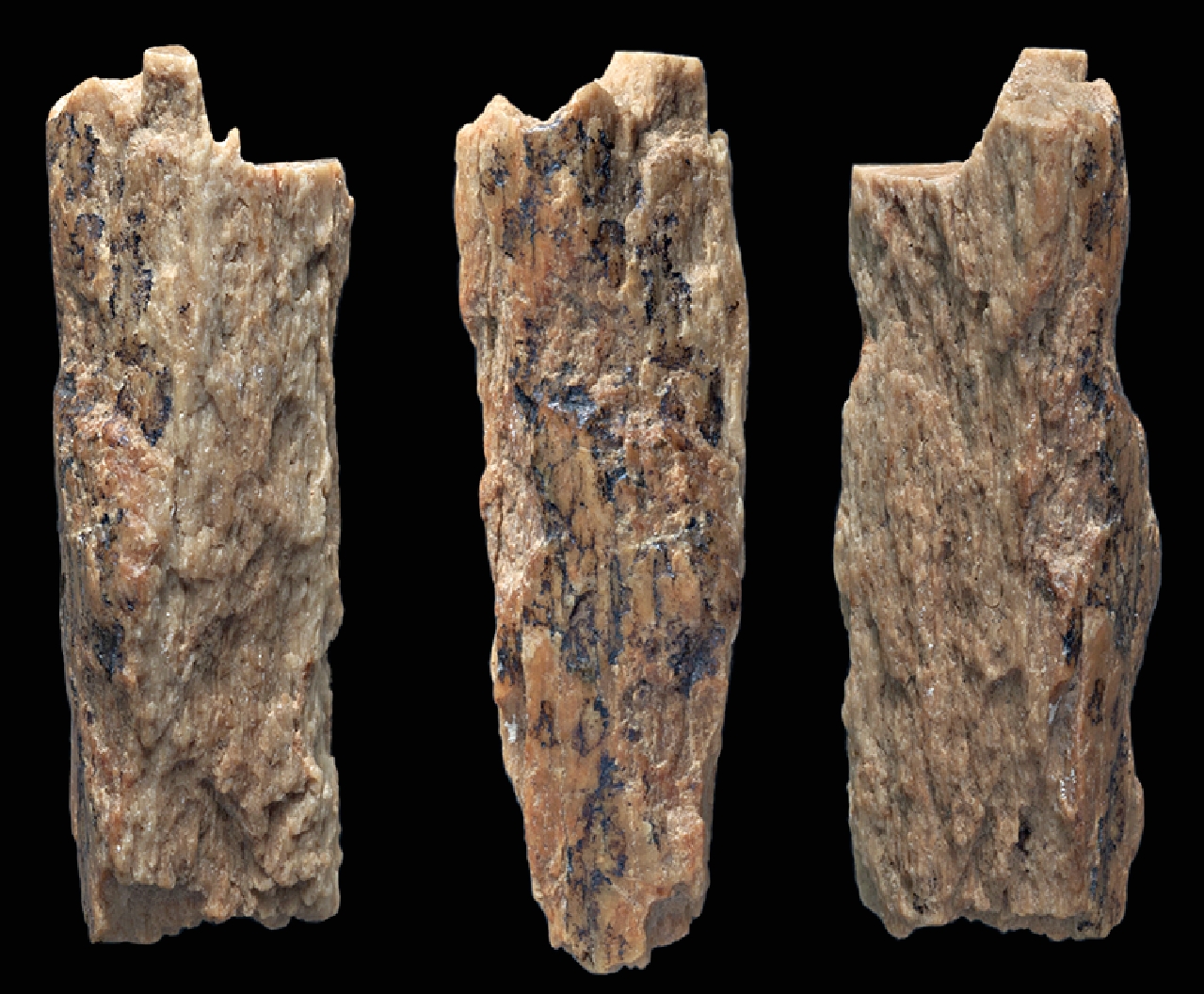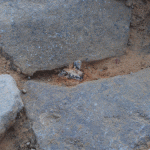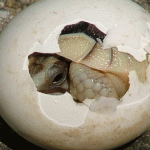
IMAGE: Archaeologists have found bones from both Neanderthals and Denisovans in the Siberian cave.
The two human species to which we are most closely related lived close to each other for thousands of years. This has been established by archaeologists from the University of Wollongong in NSW, who dated soil layers of the Denisova Cave in Siberia, in which many discoveries of both Denisovans and Neanderthals have been made. The studies show that the Denisovans used the cave 287,000 to 55,000 years ago.
The Neanderthals seem to have moved in 193,000 years ago, staying until 97,000 years ago.
While archaeologists are not certain that the two human species lived in the cave at the same time, proof of socialisation was found in August 2018, when genetic studies of a bone from a young girl showed that her father was a Denisovan, her mother a Neanderthal. The bone is about 100,000 years old.
More recent discoveries have also been made in the cave of processed animal bones, mammoth ivory and ostrich egg shells left by humans. These finds are 49,000-43,000 years old. According to some archaeologists, they were left by Denisovans, because no bones from modern men have been found in the cave. Others think that they originate with modern men who arrived at the cave shortly after the Denisovans disappeared.






